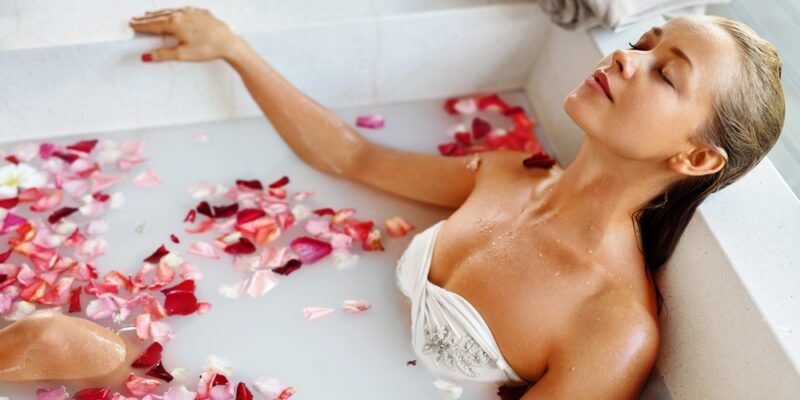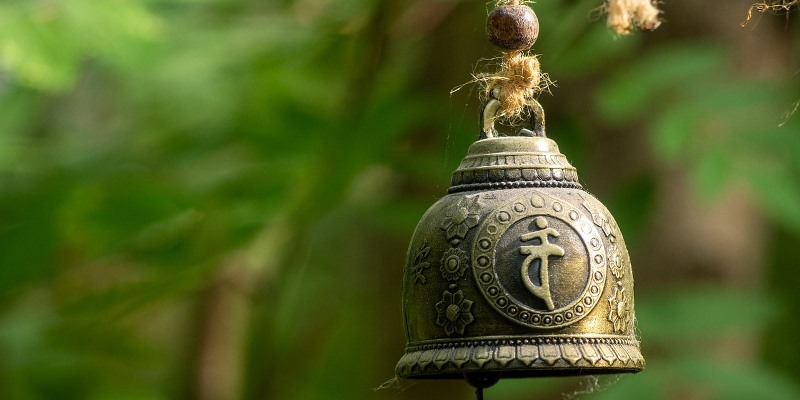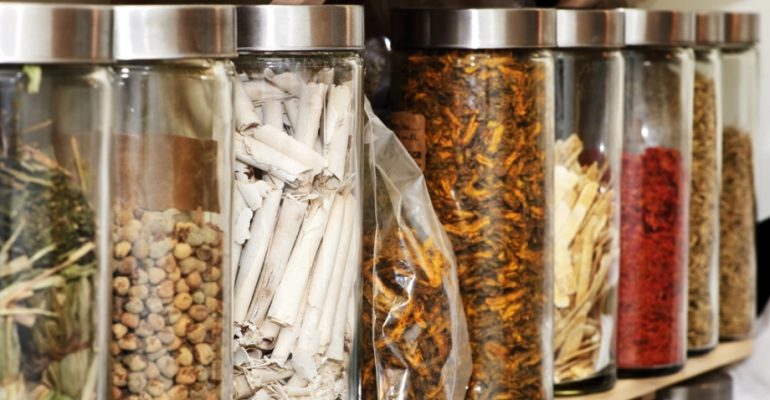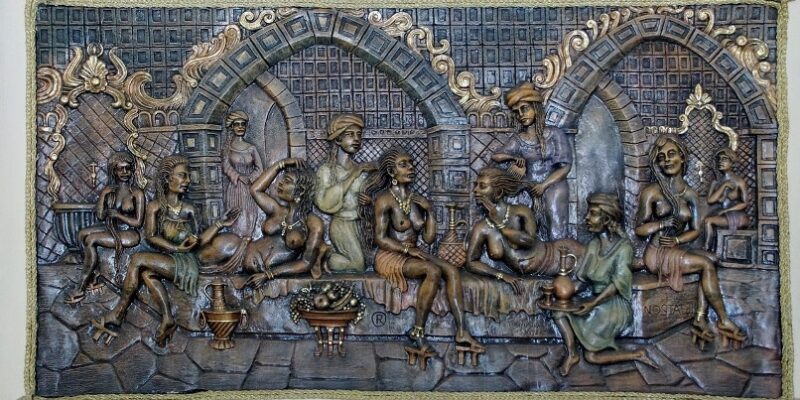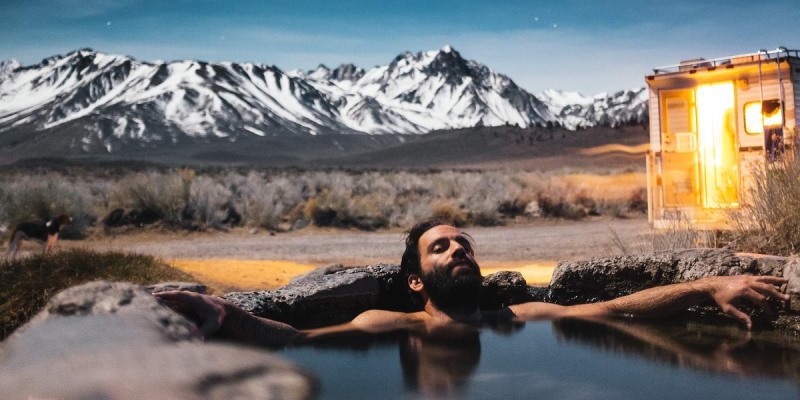
Tibetan Lum is a form of medicinal bathing, part of Sowa Rigpa Traditional Tibetan Medicine. According to the UNESCO World Cultural Heritage organization, Lum bathing stands for “the traditional knowledge and practices of bathing in natural hot springs, herbal water or steam to adjust the balance of the body and mind, ensure health and treat illness.”

It has been practiced for centuries by the Tibetan people as part of a life view based on the interconnection of the Five Elements (earth, water, fire, wind, and space/ether) and on their concept of health and illness which focuses on the Three Dynamics Lung (moving), Tripa (warming), and Pekan (also called Beken, which is stabilizing and cooling).
An interesting proof of the importance of this practice in Tibet originates in the 8th century. Yuthog Yontan Gonpo, a famous Tibetan physician, compiled a treatise with a chapter on medicinal bathing which states: “… five categories of Gypsum Rubrum (a mineral used to reduce “heat” and “fire”), five sorts of Drak-Shun (rock liquids), five types of hot springs, and five kinds of medicinal water that can cure all diseases.”
In any case, when natural hot springs are not around, traditional Tibetan bathing can also be done by taking an herbal bath using the Five Medicinal Nectars (a specific set of herbs) as an alternative.












